Map
with locations

 GDR border barriers
GDR border barriers
at Jungfernsee lake
On August 13, 1961, the government of the GDR sealed off the border to West Berlin. A nearly impenetrable border-security system extending 155 km (96 miles) came into existence.
 Living in the border area:
Living in the border area:
Schwanenallee
With the erection of the Berlin Wall in 1961, the area along the frontier barriers was declared a border zone. Local residents were vetted by the East German secret police.
 Destroyed park grounds: New Garden
Destroyed park grounds: New Garden
The frontier barrier cut a wide swath through the New Garden and destroyed the historic park design laid out by landscape architect Peter Joseph Lenné.
 The Meierei in the restricted zone
The Meierei in the restricted zone
The ruins of the Meierei were part of the border area as of 1963. No less than eight successful escapes to West Berlin were made from here across Jungfernsee lake.
 Expropriation and repurposing
Expropriation and repurposing
of villas
In the early twentieth century, influential bankers and manufacturers bought houses on Bertinistrasse and had them converted into magnificent villas.
 The boat company of East German border troops
The boat company of East German border troops
A boat company of East German border troops was stationed on the grounds of Villa Starck. The company patrolled Jungfernsee lake, the Havel river and Griebnitzsee lake, securing maritime borders.
 Passport and customs control
Passport and customs control
at Bertini strait
In 1964, a maritime border crossing was set up at Bertini strait. It was responsible for customs clearance and passport inspection of inland waterway transport to and from West Berlin.
 Maritime border crossing
Maritime border crossing
at Nedlitz
The Nedlitz border crossing at the Bertini strait was located at one of the most important waterways for inland freight between West and East.





